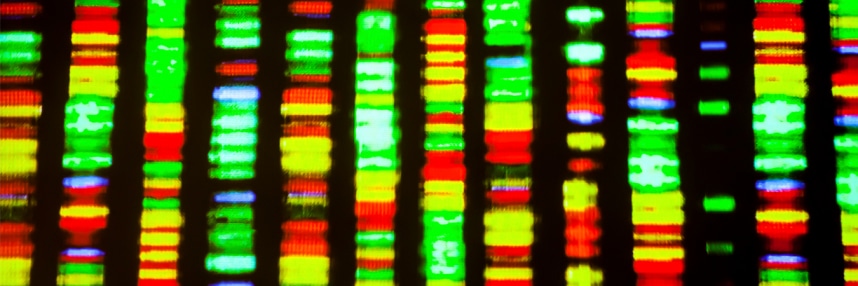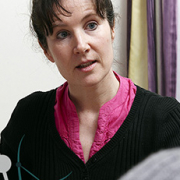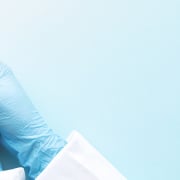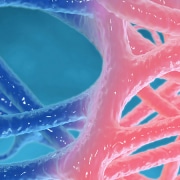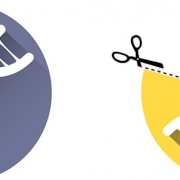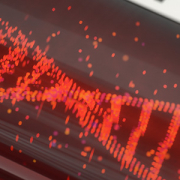How NHS research is finding new ‘rare disease genes’
As whole genome sequencing becomes more accessible, our understanding of rare disease is advancing at speed. We look at the latest findings from two NHS studies
Two recent papers, both published in Nature, provide persuasive evidence that sequencing the whole genome of large numbers of individuals within a healthcare system can improve the diagnosis and care of patients with rare diseases.
The results are from two pilot studies that formed part of the 100,000 Genomes Project and were funded principally by the National Institute for Health Research (NIHR).
Rare disease in the UK
There are thousands of rare diseases which – by definition – each affect only a small fraction of the population. However, when taken together, rare diseases are actually common in the population, with more than three million people in the UK affected.
Diagnosing a patient with a rare disease can be a long, complex process involving multiple tests, but a genetic diagnosis can potentially shorten the ‘diagnostic odyssey’, allowing patients to get the best care and treatment sooner.
Research in the NHS
The researchers partnered with 57 NHS hospitals caring for patients with rare diseases. Almost 1,000 doctors and nurses working at these sites were involved in discussing participation in the project with patients, as well as parents of affected children. Nearly 10,000 NHS patients were recruited to participate.
The research looked at the whole genomes of the patients, rather than restrict the study to the better-studied coding regions, known as the exome. This enabled exploration of the regulatory elements in DNA: regions that control the activity of other genes by switching them on or off, or by amplifying or suppressing activity. These regions are interspersed with coding genes on our chromosomes and are inherited in the same way: being passed down by parents to their children.
The researchers assigned patients’ genomes into 15 disease groups for the study according to which tissues their condition affected, such as the immune system, brain, eyes or blood.
New genes, new diagnoses
The study identified previously unobserved genetic differences that can now be attributed to existing rare diseases, as well as providing the basis for the definition of new conditions.
After analysing more than 172 million genetic variants, many of which were previously undiscovered, the researchers identified 95 genes associated with rare diseases, at least 79 of which were shown to definitively cause the disease.
In one patient group, those with early loss of vision, a genetic diagnosis was identified for around 60% of patients.
The analysis of 886 genomes from patients with primary immunodeficiency – a group of conditions that affect the body’s ability to fight infection – led to the identification of four genes that had not previously been associated with the condition. This finding was published as a standalone paper, also in Nature.
Looking ahead: whole genome sequencing in healthcare
The 100,000 Genomes Project was a world first in offering whole genome sequencing as a diagnostic test to patients with rare diseases across an integrated healthcare system, and its success has wider implications for the use of this technology in the future. It is planned that whole genome sequencing will be phased in nationally for the diagnosis of rare diseases through the NHS Genomic Medicine Service. As part of this, patients will be invited to contribute their genomic and health data to NHS-approved research studies, via the National Genomic Research Library.
“We have shown that sequencing the whole genomes of patients with rare diseases routinely within a health system provides a more rapid and sensitive diagnostic service to patients than the previous fragmentary approach and, simultaneously, it enhances genetics research for the future benefit of patients still waiting for a diagnosis,” said NIHR BioResource lead analyst Dr Ernest Turro.
–


